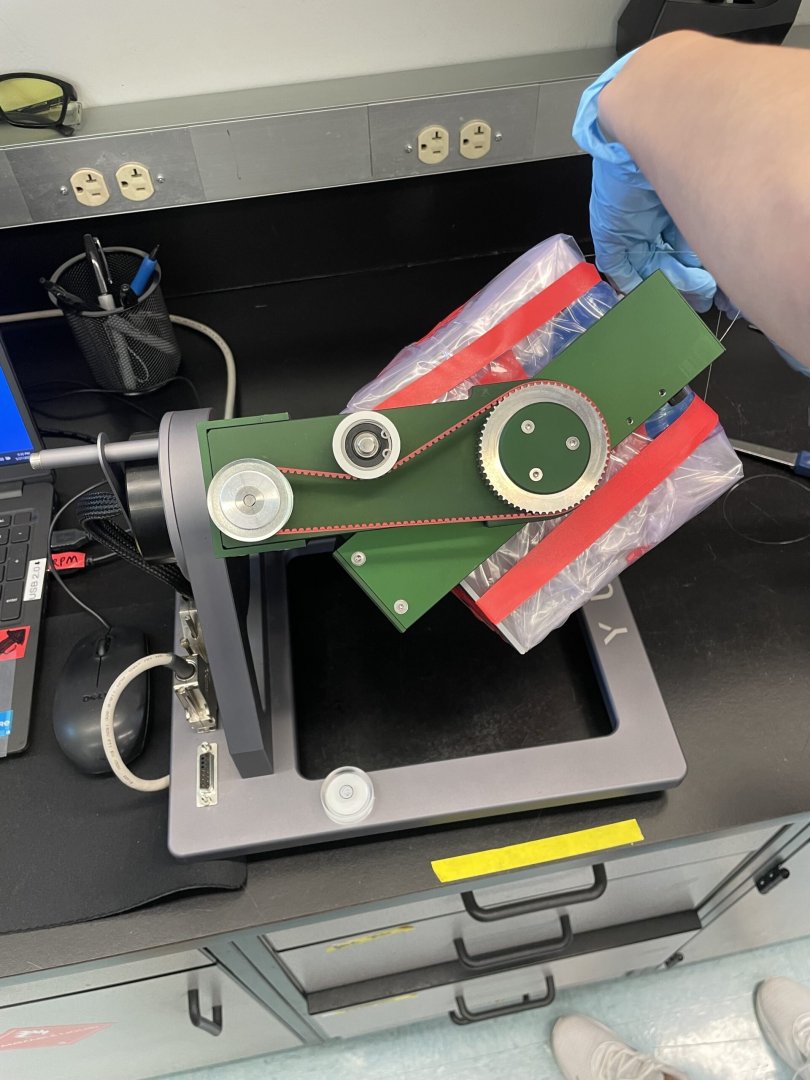Scientists have taken happy hour to a whole new level by experimenting with beer production in simulated weightlessness.
On Earth, gravity is the invisible force that shapes our world – from the behavior of our bodies down to the molecular level, such as crystal formations and fluid dynamics.
When you remove gravity, things start to behave unexpectedly. However, in certain cases, it has advantages – experiments on the International Space Station (ISS), for example, have shown that drug crystals and 3D prints tend to form better under the influence of microgravity.
Curious about the cosmic behavior of brewer’s yeast, scientists at the University of Florida conducted a microgravity experiment on Earth.
They developed a simulated space environment to observe the behavior of brewer’s yeast during fermentation.
“We will certainly be doing microgravity fermentations in the future as we continue space exploration, and there will be outcomes that will be very difficult for us to predict,” said Andrew MacIntosh, study author and associate professor of food science.
MacIntosh added: “It’s important that we look at some of these results now so that we can decide which processes to do first in microgravity, how to adapt them, and how to use the observed changes to our advantage.”
Faster fermentation
They chose beer because people have been brewing it for centuries and the process is therefore well understood.
Barley from Live Oak, Florida, was mashed to produce wort, a “liquid solution of extracted grains.”
The resulting wort was divided into six identical samples. Each was inoculated with Saccharomyces pastorianusthe typical yeast type for lager brewing to start fermentation.
A control group of three tubes was set up, while the remaining three were exposed to simulated microgravity conditions. To simulate microgravity, a device called a clinostat was used, which rotates samples around a horizontal axis.
The researchers were surprised that yeast survived and proliferated well in simulated microgravity. Interestingly, they found that the yeast fermented faster in a lower gravity environment.
According to the study, fermentation reached its peak after 28.2 hours in the control group, while in the microgravity group it lasted 21.2 hours.
Under normal conditions, fermentation takes about one to two weeks.
“They attributed this result to the cells’ constant suspension, a state that maximizes nutrient availability by preventing settling,” the researchers mentioned in the press release.

Low ester values
But there is a catch: as fermentation progresses faster, the flavor profile changes.
Unexpectedly, yeast exposed to microgravity produced a lower amount of esters, the compounds responsible for the beer’s flavor profile.
The team suspects that the suspension could be one of the reasons for this. However, they were also able to identify a possible genetic factor. A gene related to ester regulation was less active in the microgravity samples.
Due to the reduced ester content, researchers suspect that microgravity could ferment a beer with better taste.
The researchers emphasize that this experiment is just the beginning of discovering how space can help us make everyday things better.
“This study is definitely the first piece of the puzzle and I look forward to doing more,” MacIntosh said.
In addition to beer production, fermentation is an important process in the production of various foods, including bread, yogurt and kombucha. It also plays a crucial role in the production of biofuels and numerous pharmaceuticals.
The results were published in the journal Drinks.
ABOUT THE PUBLISHER
Mrigakshi Dixit Mrigakshi is a science journalist who loves to write about space exploration, biology and technological innovations. Her work has been published in popular publications such as Nature India, Supercluster, The Weather Channel and Astronomy Magazine. If you have any suggestions, please email her.

